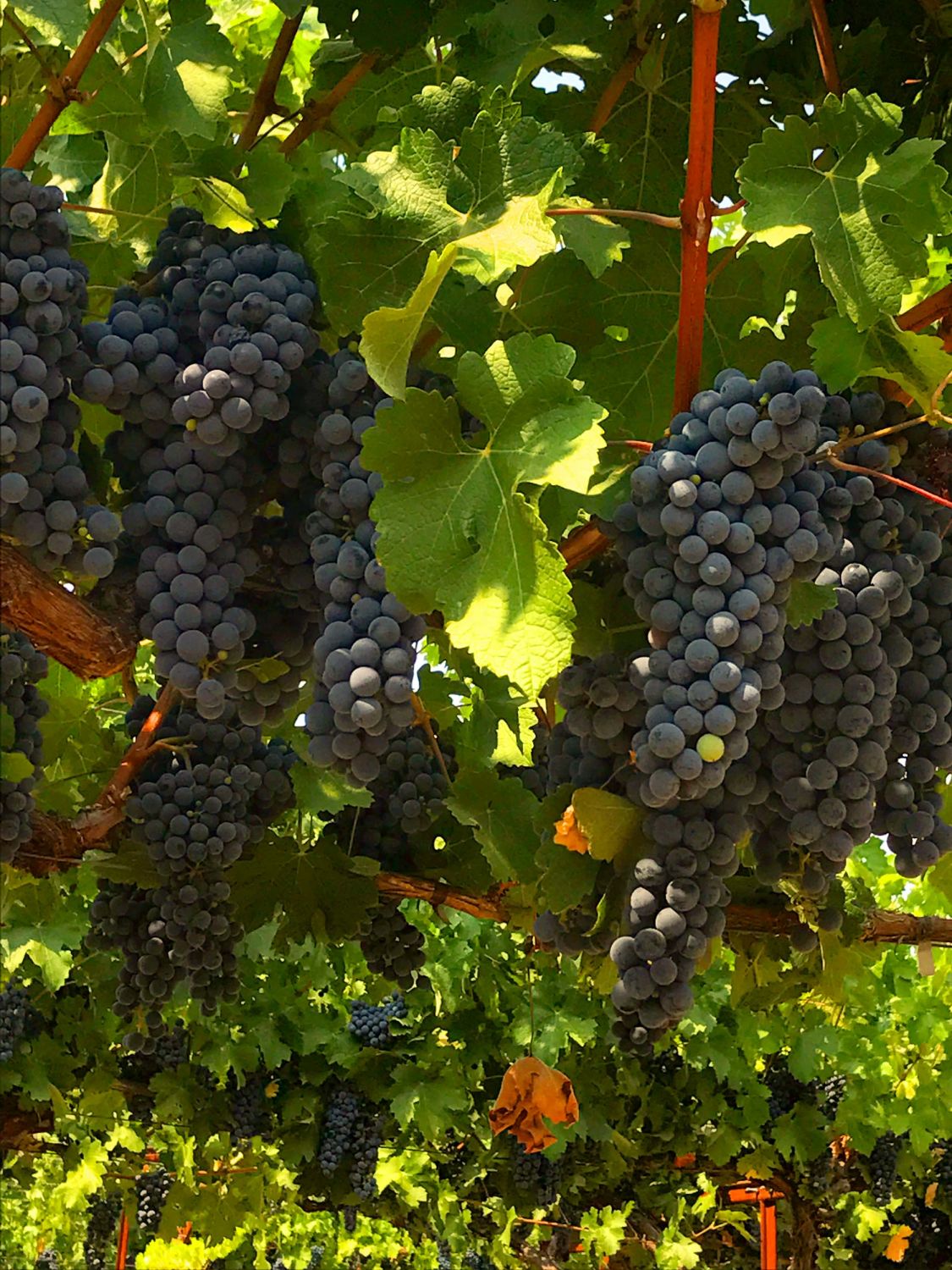
Winemaking 101 part 4
In the last couple articles, we’ve been looking at how the winemaker is considering the fruit development as harvest approaches together with some of the chemistry and how that will influence the resulting wine.
I’m going to back up just a little and introduce a topic that is a part of the thought process, but one that is not generally discussed except between winemakers and/or viticulturists.
In both school and in practice (I introduced the notion of “make more and/or make well”) the concept of “balance” is introduced. In the vineyard, this is usually thought of as a balance between what the vine can (should) produce, and the actual or perceived “quality” of the fruit.
An old traditional view of producing “the greatest fruit” is that the vine “must suffer” in a way that directly or indirectly influences the plant to producing (usually) less grapes, with the result being the fewer grapes produced have much more “intensity” of flavors and richness.
As an aside, in school there was the concept of “optimal balance” in fruit chemistry. If you graph fruit chemistry and on one axis you plot sugar development over time and on the other axis you plot the fall in acidity levels (over the same time) you will see the two plot lines cross at some point. Of course, analytically this represents the point where the juice has the highest amount of acid to respective sugar level, or in other words “balance”. Chemically this is certainly true, but at the practical level one of the most important things missing is “flavor”. The crossing point on the mentioned graph almost NEVER coincides with “where the fruit tastes the greatest”. Hence ergo.
It is also true that those wines which most of us cannot afford are made with grapes grown at pretty miniscule load levels, and conversely those wines enjoyed by (most) people are grown at crop levels much higher. But that just makes general sense because for all practical purposes given a higher crop load for a given amount of work reduces the resulting cost of the fruit that will generally be “passed on”.
Of course, it’s not all that simple, because the amount of work that goes into those grapes that carry the highest price, those “cult wines” that come from “cult grapes / vineyards” is far greater. A REALLY special vineyard will see far more “hand work” and far more often than grapes grown specifically “for production”. Further the “cult vineyards” will be plots of land that have continuously proven to make wines of great intensity and regard (from any number of wineries).
So since having worked on both sides of the argument, you still get back to the notion of balance. Both sides of the argument have validity (hence the reason for vigorous discussion), but the point is where is that “happy place” where you can get the maximum bang for the buck in terms of “quality” and terms of “production”.
Ultimately it probably is just an esoteric exercise because the reality is it is the end product acceptance and profitability that will determine everything. The ability of a “given wine in a given market” to command market share and robust sales will be the determiner of “made more and made well”.